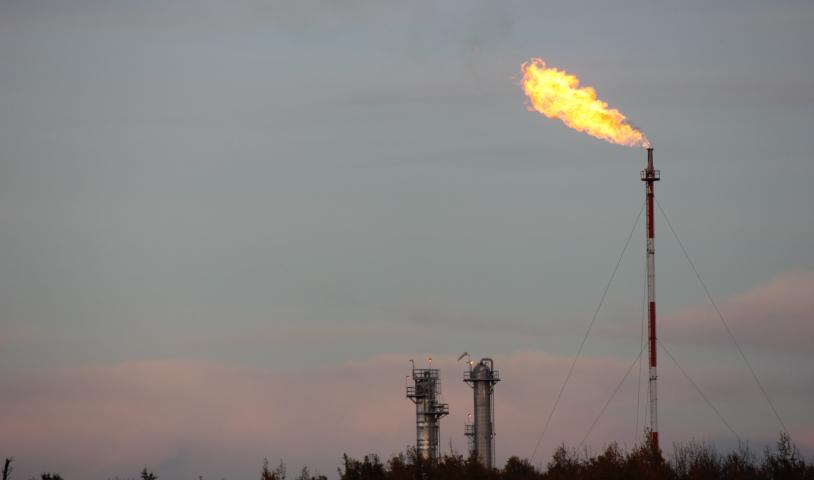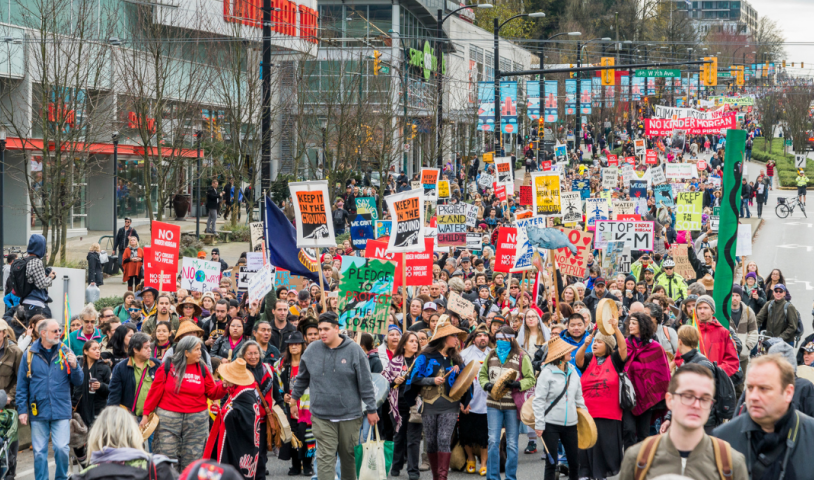British Columbia launches much‑damned, $8.8 billion dam project
Wednesday, December 17, 2014
Canada is a nation long addicted to think-big mega-projects that put prime ministers and provincial premiers into the history books, either as visionary architects of prosperity or rubes and despoilers.
British Columbia Premier Christy Clark announced this week that province-owned B.C. Hydro will build an $8.8 billion (Canadian) dam on the Peace River in northeastern B.C. It will be the largest infrastructure project in the history of Canada’s “province on the Pacific.”
“It was not an easy decision to come to. In order for our economy to grow, we need to ensure there is power,” Clark told a news conference/booster rally earlier this week.
Unlike the scene a half-century ago — when power projects on the Columbia River system did vast environmental damage — the so-called Site C dam faces major opposition.
Aboriginal First Nations, environmental groups and Peace River landowners vow a court fight to stop it. Canadian courts have given Canada’s natives increasing clout over their ancestral hunting, fishing and ceremonial lands.
Site C would flood more than 60 miles of valley bottom, inundating 5,500 hectares of land — an area more than half the size of Vancouver — three quarters of it valuable agricultural land.
“Most expensive mistake in British Columbia history — I look forward to the day when this dam project goes away,” Joe Foy, national campaign director for the Wilderness Committee, said on his Facebook page.
John Horgan, leader of the opposition New Democratic Party in the provincial legislature, argues that the provincial government has not looked at alternatives. “We have an abundant number of choices. The energy industry is transforming by the minute,” Horgan told thetyee.ca website.
The dam would generate an estimated 1,100 megawatts of power, enough to heat 450,000 homes. “It is next to impossible for any other option to compete with it,” said B.C. Energy Minister Bill Bennett.
(“Kootenay Bill” Bennett was in the news last summer. He insisted, for a time, that the breach of a tailings dam at the Mount Polley Mine, about 400 miles northeast of Vancouver, was not an environmental disaster. The breach sent water and metal-contaminated sand into Quesnel Lake, home to one of the Fraser River’s great salmon runs.)
Dam-building has a controversial history in Canada.
Seattle and the Northwest get power on cold, dark winter days courtesy of the Columbia River Treaty. The treaty, signed at the Peace Arch in 1964, provided for three storage dams in British Columbia. The dams made possible construction of the giant Third Powerhouse at Grand Coulee Dam.
British Columbia Premier W.A.C. “Wacky” Bennett sold power, to which his province was entitled, to the United States. The sale was supposed to produce enough money to pay for the dams.
The pains of the treaty were borne north of the border. The Mica Dam inundated more than 90 miles of the Columbia River, killing thousands of bear, moose, deer and migratory birds. The province did not even log forests about to be inundated.
Orchards and farms were inundated by a dam on the Duncan River. The lovely Arrow Lakes, on the Columbia River in southeastern B.C., were dammed, enlarged and given a fluctuating shoreline. The lakes became famous for their duststorms during periods of draw down.
The bottom line: The payment for British Columbia’s power — Wacky Bennett waved a cardboard check in the air at the Peace Arch — was not enough to cover construction of the dams. Years later, a new B.C. government finally set up a fund to mitigate damage.
At Site C, B.C. Hydro has promised environmental mitigation, even turbines less likely to kill fish. Still, farmers and ranchers stand to lose their land. The province has promised $20 million to compensate for loss of agriculture land.
The Site C dam was originally proposed in the 1980s. B.C. Hydro has two projects upstream on the Peace River. It was, however, shelved by the province’s utilities commission.
The province hasn’t built a major hydro project since the Revelstoke Canyon Dam on the Columbia River was completed in 1984.
Two B.C. cabinet ministers endorsed Site C in October, saying “the benefits provided by the project outweigh the risks of significant adverse environmental, social and heritage effects.”
Unless you are Washington’s Elwha River, however, a reservoir is forever. The Peace River is a master stream of Canada’s north. A different perspective was recently offered by Max Fawcett, who served as an editor at the Chetwynd Echo, not far from the dam site. He wrote:
“In the Peace, where the consequences of the dam’s construction will be felt most intimately, the ends come nowhere close to justifying the means.
“In fact, to many of its 22,000 residents, Site C is the Robin Hood principle in reverse, the rich stealing from the poor without even having the decency to look them in the eye while they’re doing it.”





